Why is my roofer wearing that?

By Cotney Consulting Group.
Understanding roofing safety gear and what homeowners should expect
When a roofing crew arrives at your home, it’s not just shingles and tools they’re bringing. It’s a complete set of safety gear that protects them and your property. For homeowners and building owners, understanding what safety gear professional roofers should wear isn’t just a curiosity. It’s a sign you’ve hired a reputable contractor who values worker protection, job site responsibility and legal compliance.
Roofing is one of the most hazardous jobs in construction, with high risks of falls, tool-related injuries and environmental exposure. Safety is a serious matter, and knowing what to expect from your roofer’s gear gives you peace of mind and a clearer view of the contractor’s professionalism.
Fall protection: The first line of defense
The most important safety equipment on any roofing job is a fall arrest system. According to OSHA regulations, these are not optional; any worker exposed to a fall of six feet or more must use fall protection. Pitched roofs usually include a full-body harness connected to an anchored lifeline or lanyard. You may notice anchor points attached to the roof deck or peak; these serve as the secure connection point for each roofer’s gear.
Beyond the visible harnesses and ropes, some contractors use roof brackets or toe boards to provide additional footing on steep surfaces. On flat roofs, warning lines, safety monitors or guardrail systems might be used instead.
If a roofing crew shows up and begins work without visible fall protection, especially on multi-story or steep-slope roofs, it’s a clear red flag. The workers are at risk, and you, as the property owner, could share liability if something goes wrong.
Head, eye and hand protection
You may not expect to see hard hats on a roof, but they’re a smart addition, especially when materials are being moved overhead, or roofing occurs near other workers, ladders or equipment. Hard hats protect against falling tools, flying debris and electrical hazards. Some states and commercial job sites require them by law.
Safety glasses or goggles are used when cutting materials like metal flashing or power tools. Roofers often work with nail guns, saws and grinders, all of which pose a risk to the eyes if not appropriately protected.
Gloves are another essential, even in the summer heat. Today’s roofing gloves offer grip, dexterity and protection from sharp shingles, metal edges and hot surfaces like torch-down membranes or asphalt.
Proper footwear is a must
Roofers don’t wear just any boots; they wear non-slip, soft-soled roofing boots designed for traction on shingles, metal or synthetic membranes. Footwear is essential for maintaining stability on steep slopes or wet surfaces. It also helps prevent damage to the roof itself, particularly when walking on delicate materials like tile or slate.
If you see workers climbing onto your roof in sneakers, it’s another warning sign that corners may be cut.
Protective clothing and heat considerations
Roofers often wear long sleeves and work pants even in warm weather. This isn’t about formality. It’s protection. Hot roofing surfaces, fiberglass-based materials, tar and UV rays can all cause skin irritation or injury. Breathable, moisture-wicking fabrics now help protect workers without compromising comfort.
For hot-weather jobs, it’s common to see wide-brim hats, neck wraps or cooling vests. These are signs the contractor is prioritizing heat safety, which is becoming increasingly crucial as roofing seasons get hotter and longer.
Tools, belts and organization
In addition to personal protective equipment, professional roofers wear tool belts equipped with hammer holders, nail pouches, chalk lines, snips and measuring tools. Well-organized crews work faster and safer, reducing time spent climbing up and down ladders and minimizing trips or dropped items.
Larger jobs may also involve hoists, material lifts or scaffold systems, each with its safety requirements. Observing how these are used — and whether they’re secured properly is another window into a contractor’s commitment to doing things correctly.
Why this matters to you as a homeowner
You might be thinking, “All this gear is great, but I’m not the one on the roof; why should I care?”
Here’s why it matters:
- Liability: If an injury occurs on your property and the contractor doesn’t follow safety regulations, your homeowner’s insurance could be impacted.
- Quality: Contractors who prioritize safety also tend to prioritize workmanship. They take time to do things correctly.
- Professionalism: Crews in proper gear are more likely to follow through on the details from flashing to cleanup.
- Peace of mind: Knowing the job is handled carefully means fewer surprises and less stress.
Safety gear reflects contractor integrity
Professional roofers don’t just wear safety gear because they have to. They wear it because they value their crew, their reputation and your home. As a homeowner, observing and even asking about safety practices is perfectly reasonable. A good contractor will welcome those questions and explain how they keep their workers safe.
So the next time your roofing project begins and you see the harnesses, helmets and gloves come out, know that those are the signs that you’re in good hands.
Learn more about Cotney Consulting Group in their Coffee Shop Directory or visit www.cotneyconsulting.com.
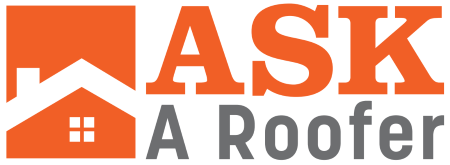
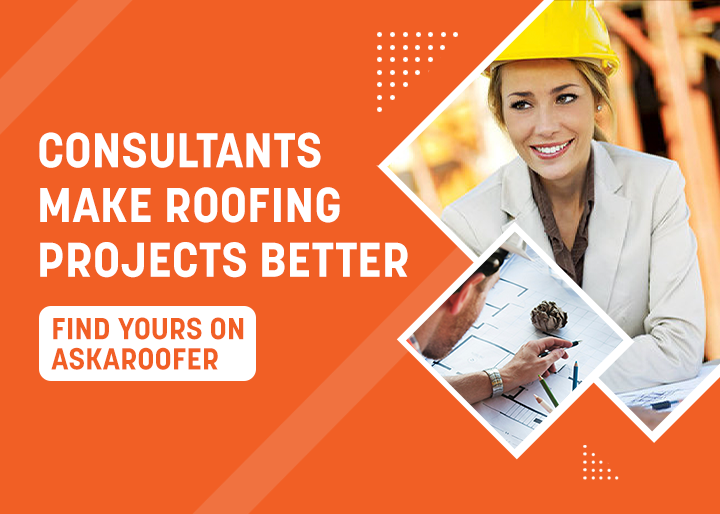
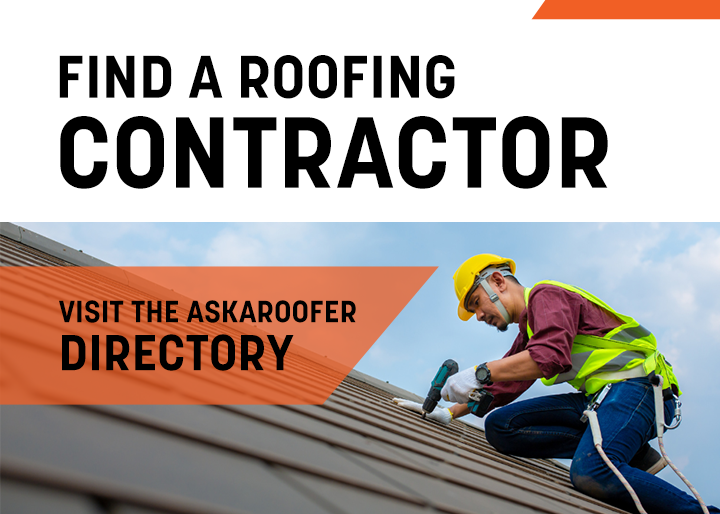


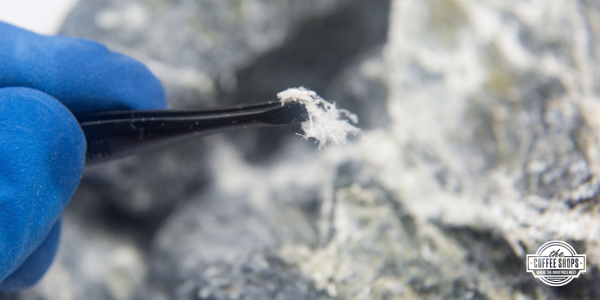





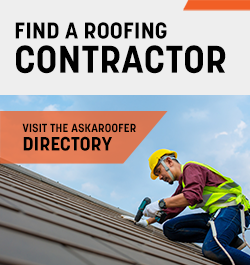

Comments
Leave a Reply
Have an account? Login to leave a comment!
Sign In